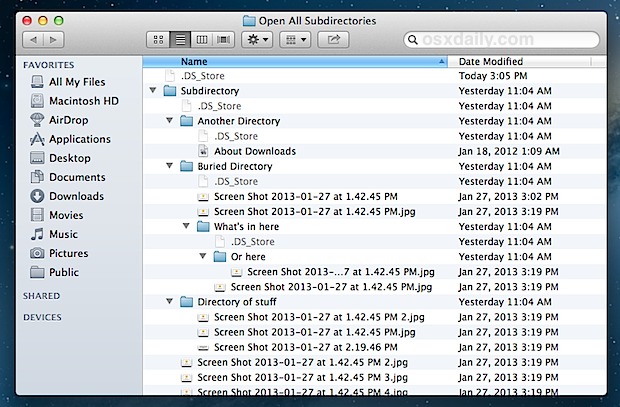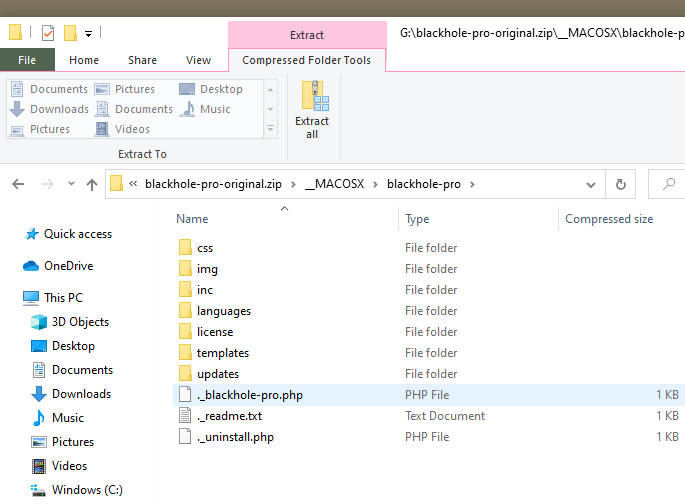

- #Mac os zip select files with folder structure how to#
- #Mac os zip select files with folder structure zip file#
- #Mac os zip select files with folder structure archive#
- #Mac os zip select files with folder structure software#
To find the extracted files, open Finder and go to the toolbar at the top of your screen. To open tar file on Mac using command line, open Terminal.


Click Save.Ī new folder will be created, and you can find all the unzipped files there.

Now you can easily select file(s) to preview and extract. Use Cisdem UnarchiverĬisdem Unarchiver can also be used to safely open and unzip tar files on Mac. However, if that doesn’t happen, you will need to open it using a different method. When it comes to opening a tar file, you can double-click the archive, and then your Mac (or Windows PC) will open it with an associated default or third-part app. Tar -cvzf itemstoarchiveįor example, as shown in the screenshot below, to create tar file from all the files on desktop, you can type:Īr -cvzf /Users/YaphetS/Desktop/ If you don't feel comfortable using Terminal, you can try the method above.
#Mac os zip select files with folder structure how to#
The instructions below will show you how to create a. MacOS comes with a built-in solution to create tar files. Click the Format dropdown list and choose the option Compress these files into a tar file.
#Mac os zip select files with folder structure archive#
Name your tar archive file and select a location to keep it. Select the files or directories/folders you need to pack. To create tar file on Mac, click Add in the iPack window. The app is compatible with OS X 10.7 Lion or later. Versatile and powerful, it supports 13 archive formats and can also work as a tar file extractor. It offers a batch mode, allowing you to create tar files in bulk, which helps improve efficiency. This tar file creator is extremely easy for everyone to use. tar file on Mac is to use Cisdem Unarchiver. By doing so, one can create a smaller tar file for more efficient backup or distribution. In cases like these, files are not only packed but also compressed with compressors such as gzip or bzip2. What are they? They are still tar files (or tarballs). It is just a way of collecting data of all kinds (files, directories, etc.) together and doesn’t do any kind of compression. The name tar stands for tape archive, and the format was originally developed to save data to tape drives. Compatible with Unix, Unix-like and Microsoft Windows, it is used to collect multiple files into an archive file (which can be called a tarball).
#Mac os zip select files with folder structure software#
Extract split archive files or only selected files from an archiveĪ tar file is an archive file created with a software utility of the same name.Enable users to preview content without extracting.Pack files to tar, ZIP and 7z with password protection.Unzip tar, RAR, ZIP, 7z, ISO and 8 other archive file types.To do this, open Spotlight on your Mac (Command+Space), and search for “Archive Utility. How to Change Archive Utility SettingsĮven though Archive Utility has no visible UI, you can change some of its settings.
#Mac os zip select files with folder structure zip file#
If it was a single file, you’ll see that the file will return to its original state, with the name intact. If you are decompressing a folder or a Zip file that contained multiple files, it will show up as a folder with the same name as the archive. After several seconds, the file or the folder will decompress in the same folder. Navigate to the archive in the Finder app and double-click the Zip file. It doesn’t matter if it’s a Zip file that you downloaded on the internet or something that you compressed yourself. You can now move the compressed Zip file to another folder or send it along as an email attachment. RELATED: The Fastest Ways to Rename Files on macOS If you compressed multiple files, you’ll see a new file with the name “Archive.zip.” You should rename the file to make it easier to find. If you compressed a single file or folder, the archive will carry the same name, with a “.zip” extension. Once the compression process is finished, you’ll see a new compressed file in the same folder.


 0 kommentar(er)
0 kommentar(er)
